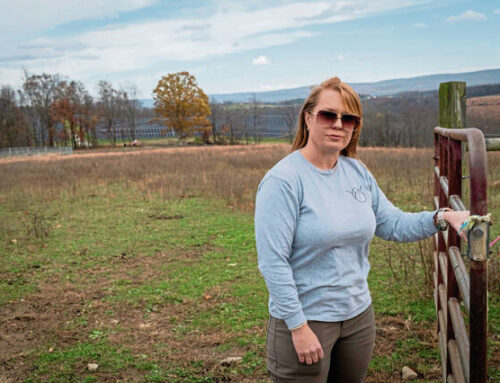Cannabigerol (CBG) is not just a compound; it’s a spectral presence. A paracannabinoid. It shows up early in the life of the cannabis plant, before the more famous molecules take shape. It’s there at the beginning, then vanishes, transformed into THC, CBD or CBC. Some say they’ve seen it, felt its presence, some remain skeptical, and most consumers wouldn’t know it was ever there. It barely registers on a certificate of analysis. And yet, wherever phytocannabinoids are found in nature, CBG or something like it tends to haunt the scene.
We’re beginning to see a deeper pattern. CBG-like compounds are turning up in other plants: Helichrysum, cacao, echinacea and black truffles. These aren’t just mimics; they may represent a broader family of bioactive molecules that evolution keeps stumbling across and choosing to keep. Cannabinoid science is overdue for a new taxonomy, one that recognizes these compounds as classes, not single chemicals, with CBG perhaps not as a minor member but as a category-defining origin point.
As researchers, product developers and the public begin to look beyond THC’s highs and CBD’s wellness glow, CBG is emerging as a signal in the noise. Below, we explore where CBG is already making a difference, where it’s headed and what cannabis businesses can do to be prepared.
All major cannabinoids begin life as CBG-A, the acidic precursor to everything else. Often described as the stem cell of the cannabis biosynthetic pathway, enzymes come later to steer it toward intoxication, or something else entirely. CBG is the fork in the road before a plant makes a choice.
CBG won’t get you high. There’s no euphoria or time distortion. In fact, many users say they feel “nothing” until they realize what’s gone: background anxiety, cognitive fog, physical tension. Studies have been relatively small, though, so take these findings with a grain of salt.
It also interacts with alpha-2 adrenergic receptors and 5-HT1A serotonin receptors, with downstream effects on focus, memory and neuroprotection. The same small study linked above even found that it improved verbal recall.
CBG has shown clinical potential at smaller doses compared to CBD. That means there is potential for leaner product formulations and more efficient therapeutic outcomes. CBG is also non-intoxicating and not associated with psychosis, panic responses or paradoxical effects. Combined with its compatibility across formats (topicals, tinctures, softgels), it may be an option for daily-use products. And it’s already showing up in many products, from infused beverages to pet chews. It stacks well with other compounds and blends into formulas without dominating them.
The Rolling Stone Culture Council is an invitation-only community for Influencers, Innovators and Creatives. Do I qualify?
CBG, or molecules belonging to its class, have been detected in Helichrysum umbraculigerum, a flowering South African plant that is smoked for therapeutic reasons, and may have evolved a cannabinoid pathway independently. CBG-like compounds have also been found in other plants; dozens of potentially related cannabinoid-like compounds are awaiting characterization across the plant kingdom. Evolution tends to repeat what works, AKA convergent evolution. This suggests CBG may not be a cannabis fluke, but part of a broader biochemical language that nature keeps speaking.
However, CBG is still waiting on large, long-term clinical trials in diverse human populations. Most data come from rodents or small, controlled studies. That’s not a dismissal, but a reminder that we’re at the beginning.
We also haven’t fully mapped CBG’s activity upon opioid receptor signaling, which leaves a gap in our understanding of its potential in pain management or addiction support. Could it modulate withdrawal or potentiate other therapies? We don’t know.
What’s surprising is that CBG also acts on Nav1.8, a sodium channel involved in peripheral pain signaling. This is a novel analgesic mechanism with no known risk of central nervous system side effects. This could be the early echo of a breakthrough, though there will need to be extensive additional studies.
High-resolution mass spectrometry and AI-driven compound mapping will likely uncover new CBG-like structures regularly. These “paracannabinoids” may function like CBG or outperform it. We’re only beginning to explore this molecular constellation of this chemotypic anchor.
Fund the science you want to sell; CBG’s future won’t be built on anecdote. Companies that lead the way by generating an evidence base—through pharmacokinetic studies, mechanistic insights, safety data or well-structured user surveys—will secure a defensible IP advantage in different markets.
This is the new supply chain arms race. CBG invites a whole new product category for the sober-curious, mental-health-aware user. Are you building for them yet? Prepare for regulatory and competitive shifts. Anticipate waves of synthesized or biosynthesized CBG compounds.




